1. Faux-Industrial Everything
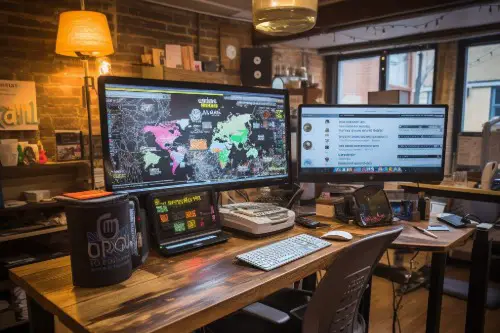
The “Brooklyn loft” look—exposed pipes, Edison bulbs, metal furniture—had its heyday, but it’s fading fast. In 2025, the industrial aesthetic can come off as too cold or try-hard, especially in suburban or smaller home settings. People want spaces that feel organic, not like they’re working inside a coffee shop or a warehouse. Texture is still important, but it’s shifting toward the natural, not the mechanical.
Think more about soft textiles, curved furniture, and biophilic design than raw metal and brick. Warmth and tactile comfort are front and center now. Industrial style isn’t gone per se, but it’s evolving into something softer and more balanced. It’s no longer the default choice for modern home offices.
2. Clunky Executive Desks
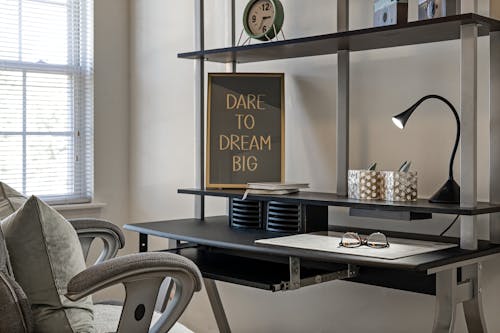
Those heavy, oversized executive desks once symbolized importance and authority—but in a home office, they just feel… extra. They take up too much space, lack flexibility, and don’t really align with how people work today. As more professionals embrace hybrid schedules and multitasking, modular and mobile furniture has taken the lead. Functionality is now favored over formality.
In 2025, lighter, more compact desks with clean lines and built-in storage are the smarter choice. Standing desks and convertible workstations are also popular, letting users change posture throughout the day. People are realizing that the traditional desk setup isn’t always ergonomically sound either. The modern office calls for something more nimble and responsive to daily needs.
3. Gallery Walls with Generic Quotes
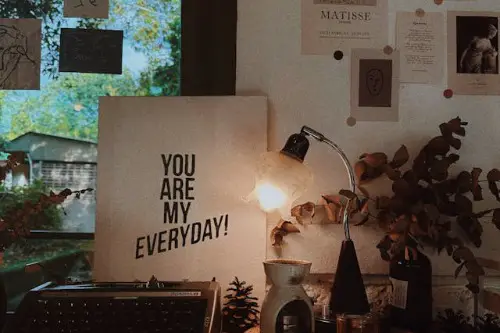
You know the ones—“Hustle Hard,” “You Got This,” and “Work Like a Boss.” While motivational quotes had their moment, they’ve become the home office equivalent of stock photos. In 2025, people are moving toward artwork that feels personal, inspiring, or even a little quirky. It’s about creating a space that reflects individuality, not Instagram trends.
Designers are suggesting framed travel photos, vintage posters, or even kids’ drawings instead. The goal is to make your workspace a place you want to spend time in, not just a curated backdrop for Zoom calls. Sentimental or original art helps build emotional connection to your environment. That’s something generic quotes can’t do anymore.
4. Ring Light Overkill
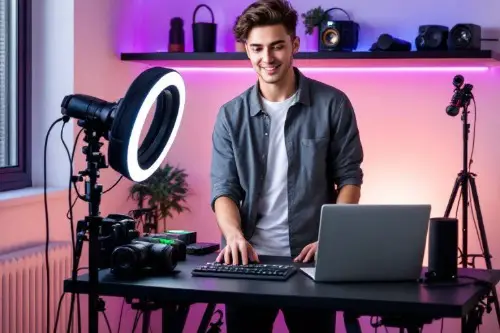
Yes, ring lights were a pandemic-era savior for video calls, but in 2025 they’re beginning to feel like overkill. Many users now realize they cast harsh, unflattering light and can strain the eyes after extended use. Natural lighting and soft, diffused sources are being prioritized instead. We’re seeing a shift to better ambient lighting and smarter camera setups.
Instead of setting up like a YouTuber, professionals are investing in overall room lighting and positioning their desks near windows. There’s also a growing trend of using desk lamps with adjustable color temperatures. It’s all about lighting that supports both productivity and well-being. The goal is no longer to look staged—it’s to look and feel comfortable.
5. Wall-to-Wall Grey
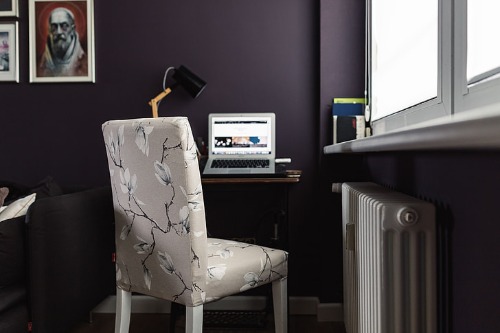
Grey walls were everywhere for a while—safe, neutral, and easy to coordinate. But in 2025, they’re starting to feel cold, gloomy, and frankly, overused. People are gravitating toward warmer, more nuanced shades like sage green, dusty rose, and soft terracotta. These colors bring energy and emotion into the workspace.
Color psychologists note that grey, especially in low-light rooms, can promote feelings of fatigue or even sadness. With mental health a growing focus, color choices are becoming more intentional. Home offices are now about creating mood-enhancing environments. A fresh coat of paint can do wonders for both vibe and focus.
6. All-White Minimalist Aesthetic
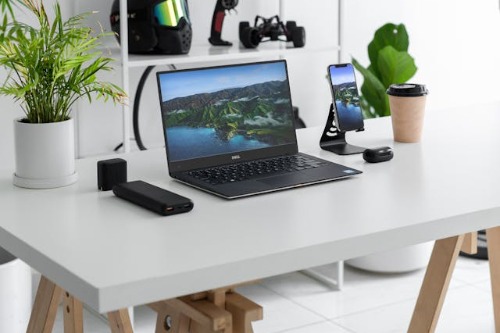
Once considered the pinnacle of chic productivity, stark all-white offices are starting to feel more clinical than calming. In 2025, people are craving warmth, personality, and texture in their workspaces. The trend now leans toward cozy neutrals, layered tones, and personal touches that make a space feel lived-in. White still has a place, but it’s no longer the whole story.
Psychologists and interior designers alike point out that overly sterile environments can actually suppress creativity and lead to visual fatigue. With so many people working from home full-time, creating a space that feels human and inviting is more important than ever. Expect to see more earthy tones, natural wood, and warm lighting replacing the all-white uniformity. Comfort is king, and that includes the color palette.
7. Over-the-Top “Zoom Backgrounds”
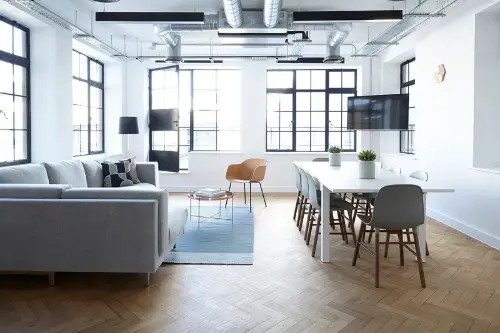
Remember when everyone had a bookshelf staged with bestsellers and awards just perfectly in view? These overly curated Zoom setups are now being replaced by more relaxed, authentic backdrops. In 2025, remote workers are dialing back the performative aspects of video calls. Nobody’s buying the fake plant in the corner anymore.
Instead, people are going for real plants, relaxed furniture, and sometimes even a bit of tasteful messiness. The idea is to show your real environment, not a sanitized version of it. Authenticity builds trust, and viewers respond better to a human space than a hyper-polished one. The “TV set” mentality is officially passé.
8. Office Chairs That Look Like Race Car Seats
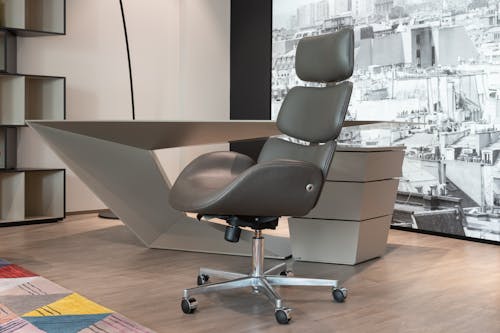
Once seen as the ultimate upgrade for gamers and remote workers, these flashy ergonomic chairs now look more out of place than impressive. The gaming aesthetic doesn’t blend well with most home décor, and these chairs often prioritize style over genuine ergonomic support. In 2025, the trend is shifting toward chairs that combine health-conscious design with home-friendly aesthetics. Think Scandinavian simplicity over sci-fi racer vibes.
High-quality task chairs with breathable mesh and lumbar support are winning out. Brands like Steelcase and Herman Miller are still favored, but now with softer color options and sleeker silhouettes. People want their chairs to feel like furniture, not equipment. It’s all about blending form with true function.
9. Cord Chaos
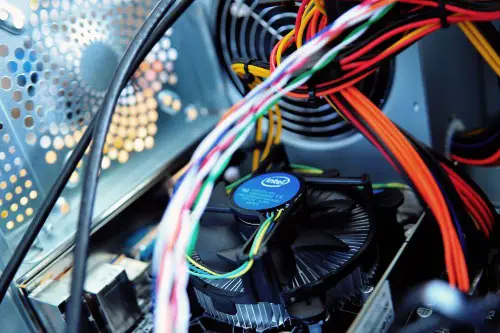
Tangled extension cords, overloaded power strips, and visible wires everywhere were once ignored in the rush to set up quickly. But in 2025, cable management is no longer an afterthought—it’s a design priority. With more refined home setups, a clean look helps reduce stress and distraction. Cluttered cords are now seen as visual noise.
Tech companies are responding with wireless solutions, built-in cable channels, and smart power hubs. Even IKEA and other furniture brands have integrated cord control into their desks. Keeping things tidy isn’t just about looks—it’s also about improving focus. And let’s face it: once you tame the wires, the whole space feels more professional.
10. One-Size-Fits-All Setups
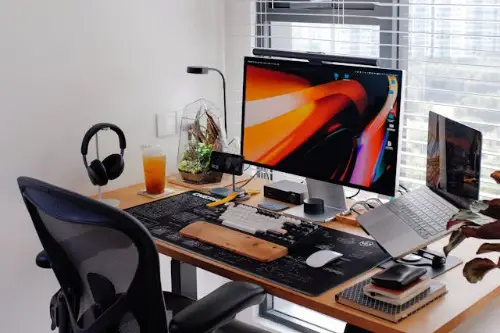
Back in 2020, everyone just copied what worked for someone else—a desk, a monitor, a lamp, done. But in 2025, personalization is the name of the game. People are tuning into their unique needs: Are they a morning person who needs natural light? Do they take calls all day or spend hours editing video?
Designing with lifestyle in mind is replacing the cookie-cutter approach. Introverts might want quiet nooks, while extroverts might position their desk near shared spaces. Even lighting and noise levels are now customized. The “Pinterest-perfect” setup just doesn’t cut it anymore—it has to work for you.
11. Neglecting Acoustics

For years, acoustics were an afterthought—until everyone started noticing how echoey and loud their spaces actually were on calls. In 2025, people are finally paying attention to how their home office sounds, not just how it looks. Poor acoustics can cause ear fatigue, misunderstandings on calls, and even anxiety. Echoes and tinny mics are no longer excusable.
Soundproofing panels, rugs, curtains, and even acoustic ceiling tiles are making their way into more home offices. Microphone upgrades and noise-canceling tools are now part of the standard toolkit. As hybrid work becomes permanent, audio quality matters as much as video. And your colleagues will thank you.
12. Ignoring Nature
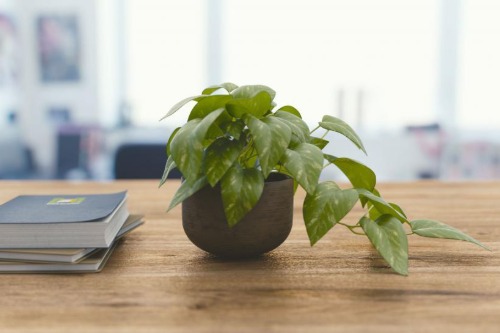
Early home office setups rarely considered the role of nature—but that’s changing fast. In 2025, biophilic design is more than a buzzword; it’s a proven productivity booster. Studies show that exposure to natural elements like plants, sunlight, and wood textures can improve focus and reduce stress. And people are embracing it.
From hanging plants to water features to opening windows more often, home offices are becoming greener and more serene. Even nature-inspired wallpapers and desktop backgrounds are making a difference. The goal isn’t to turn your office into a jungle—but to invite nature in, just a little. It’s a small shift with a big impact.
This post 12 Home Office Trends That Are Already Feeling Dated in 2025 was first published on Greenhouse Black.
